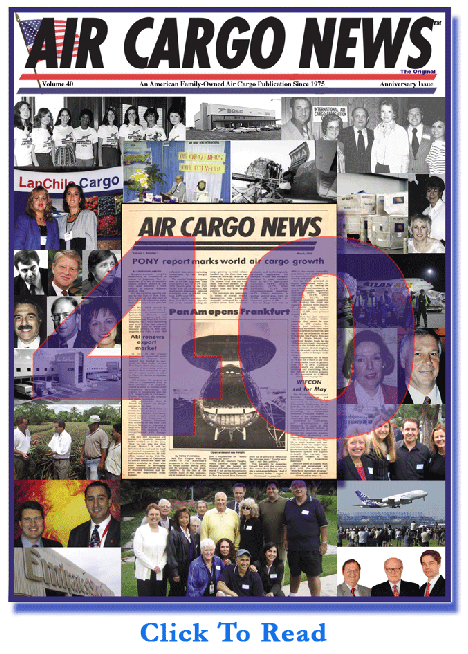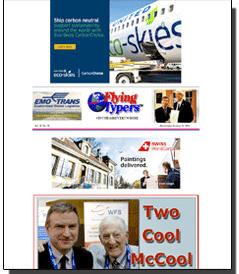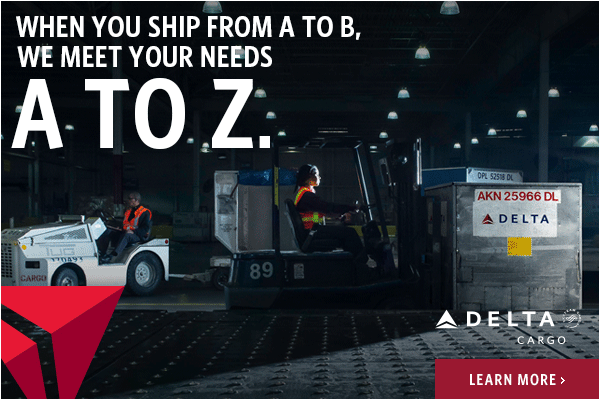 |
 |
 #INTHEAIREVERYWHERE |
| Vol. 15 No. 80 | Monday
October 17, 2016 |
As autumn overtakes us
once again, FlyingTypers offers a look at what
some feel is a rather obscure part of the air transport
supply chain: the requirements applicable to the shipping
of Dangerous Goods (or hazardous materials, as the U.S.
regulatory framework 49CFR calls it), which can also
be described as “changing regulatory requirements,
2016-style.” Up First
Internationally, the transport of Dangerous Goods is
subject to the requirements of the ICAO Technical Instructions
for the Safe Transport of Dangerous Goods by Air; however,
in practice the “Dangerous Goods Regulations”
published by the airline interest group IATA are applied
by shippers, forwarders and airlines alike. First, The Good News
Since both ICAO and IATA seem to have anticipated—correctly—that
some stakeholders in the supply chain will struggle
with the new rules, a grace period is exceptionally
applied to the changed classification rules applicable
to engines and machinery until March 31, 2017. Comprehend This
As always, understanding will require a bit of reading
into the regulations and probably a bit more background
explanation from the side of hazmat trainers.
What's New?
There are a number of new and amended Special Provisions,
most of them detailing the new requirements applicable
to the classification of engines, apparatus, machinery,
and vehicles with internal combustion engines. One Thing Clear
It is certainly noteworthy that the vaguely-phrased
exemption in the current regulations for shippers of
so-called “small” lithium cells and batteries
from the requirement of mandatory Dangerous Goods Training
( which requires that staff involved in shipping such
“small” Lithium batteries must have “received
adequate instruction on the requirements commensurate
with their responsibilities”) now clearly spells
out what such “adequate instruction” entails.
Clear Language
A fact about IATA less known is that their corporate
language is British English. In line with this, IATA
has redacted the regulations to reflect both consistency
and advanced grammar. For example, the word “marking,”
formerly commonly used throughout the regulations, has
been replaced by “mark,” since a self-adhesive
label with the shipper’s adress is a “mark”
for our British cousins whereas the act of applying
such mark to the package would be called “marking
it.” |
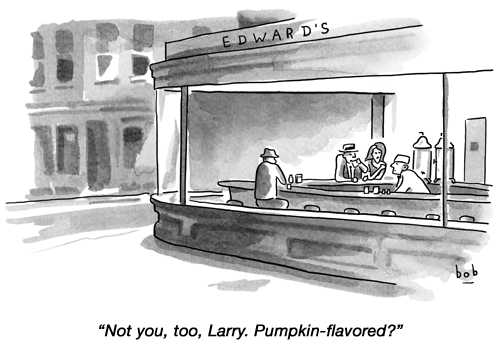 |
“My message
to Theresa May (Prime Minister of the United Kingdom)
is that it really is well beyond time for her government
to take action,” said Robert Keen, Director General
of the British International Freight Association (BIFA),
as news surfaced recently of an imminent decision that
will favor the expansion plan for London’s Heathrow
International Airport. |
No doubt about it, Christmastide is once again fast approaching. The autumn season marks when the air cargo business exhales a long, deep breath to take stock of 2016 while planning ahead for 2017. While standing and waiting for a full-body scan recently before a flight and hoping the prescription pills in my pocket didn’t set off the damn thing, I started thinking about the people I know in air cargo who have done a stellar job to raise cargo security awareness. These days, as awareness and heightened security get kicked up a notch with threat levels from terrorist and copycats always evolving, sharing thoughts with someone who eats, sleeps, and lives security is a worthwhile enterprise for anybody in transportation. One guy who knows the whole scope of air cargo security and works tirelessly to get security in line through every phase of the supply chain is Harald Zielinski, Lufthansa Cargo Head of Security & Risk Prevention Management. Harald combines a street cops’ sensibilities with a visionary view of what works and doesn’t with security. He said, “What air cargo must do is continually raise awareness.” To that end, Harald has held highly attended, high profile, free admission air cargo meetings both in Germany and the U.S. for the past several years. It’s worth mentioning that Lufthansa stands alone amongst every other airline for its continued effort in making the security dialogue public. “Moving forward is a terrific challenge to everybody,” said Harald Zielinski. Where We Are Now “The ‘Yemen incident’ in October 2010 had a big impact on air cargo security,” Harald said. “It lead to an increase of security requirements by the EU, especially for non-EU countries (ACC3 regulation for air carrier transporting cargo/mail into the EU). “The results of this regulation for the industry are additional costs for validation of the ACC3 airports/stations. “Additionally another current topic for air (cargo) security is ‘Cyber Crime,’ which gains importance. “On the upside, an agreement of mutual recognition concerning the security regimes between EU and the U.S. has been achieved. “Redundancies of additional/second screening of cargo/mail at last point of departure into the U.S. have been accomplished,” Harald Zielinski said. Security At Lufthansa Cargo
“Lufthansa Cargo is constantly working on being
a benchmark for the industry concerning aviation security.
“Lufthansa Cargo has the same high standards when
it comes to security toward third parties as it has
for itself. |
 |
If
You Missed Any Of The Previous 3 Issues Of FlyingTypers
Access complete issue by clicking on issue icon or Access specific articles by clicking on article title |
||
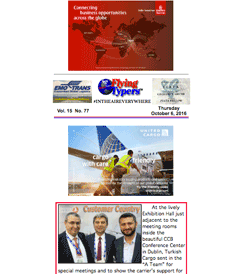 Vol. 15 No. 77 Customer Country Session Bonanza At FIATA DUB Happy Birthday, FIATA Chuckles for October 6, 2016 United Cargo Sweats & Swims For Kids |
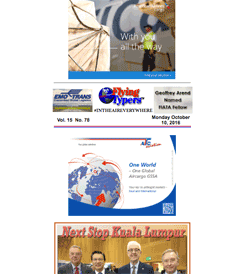 Vol.
15 No. 78 Vol.
15 No. 78Next Stop Kuala Lumpur IATA & FIATA Sign Historic Accord Help Haiti Chuckles for October 10, 2016 |
|
Publisher-Geoffrey
Arend • Managing Editor-Flossie Arend • Film Editor-Ralph Arend • Special Assignments-Sabiha Arend, Emily Arend • Advertising Sales-Judy Miller |
|
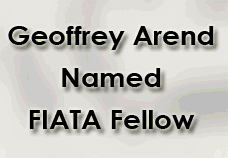

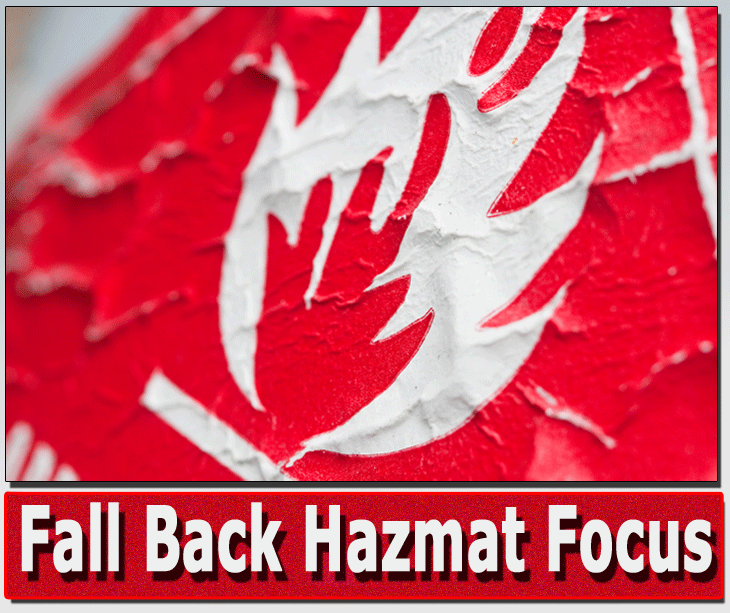
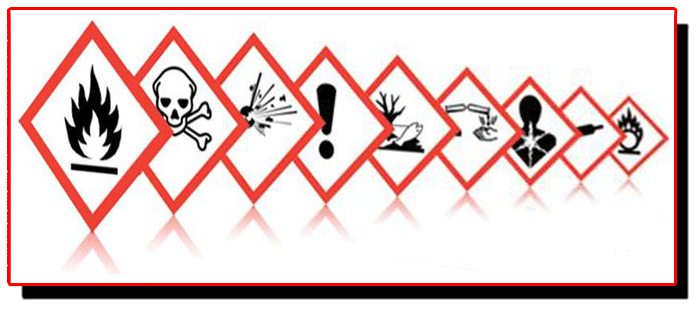
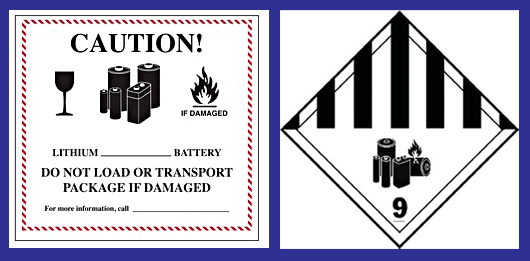 For substances in division 4.1—which currently
cover flammable solids and self-reactive substances—a
third hazard emitter was added, the polymerizing substances.
For substances in division 4.1—which currently
cover flammable solids and self-reactive substances—a
third hazard emitter was added, the polymerizing substances.



